The popularity of Queen Anne potatoes of German selection is increasing every day. Who wouldn’t like a mid-season variety that is resistant to growing conditions, productive, and has virtually no drawbacks? Potatoes are successfully grown both on private farms and on an industrial scale.
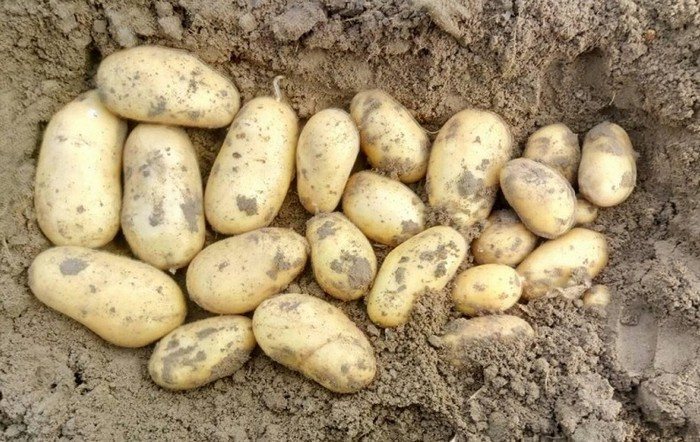
Description of the variety
Queen Anne is a representative of table varieties. Taste characteristics show 4.8 points out of 5 on the tasting scale.
Favorable natural conditions for growing potatoes are the central zone of the Russian Federation, the lands of Ukraine and Belarus, and other territories with a similar climate. Increased yield is possible when cultivated in loose soil with neutral acidity. Classic soil: loam, chernozem, sandy loam, peat.

Features of the variety:
- The height of the compact bush is up to 80 cm.
- The stems are thick, light green in color. Upright, leafy. The number of stems is 5–6.
- Large, corrugated leaves, dotted with distinct veins and thick fluff, oblong, slightly pointed. The color is dark green.
- The flowers, collected in groups of 7–8 in complex inflorescences (panicles), are white, slightly lilac at the edges. The core is orange.
- The root vegetables are shaped like an oval, up to 11 cm long. The weight of each specimen is 100–130 g. They pour quickly and evenly.
- The potato skin is yellow, with a thin, smooth surface on which shallow eyes are visible.
- The pulp is dense, yellowish. Starch content - 13–15%.During heat treatment it does not soften or darken.
Queen Anna is a universal variety. Potatoes are fried, baked, boiled.
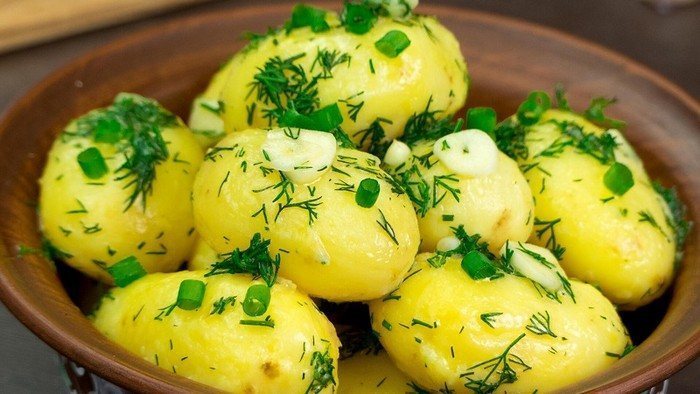
Pros and cons of the variety
Potatoes have many more advantages than disadvantages. Therefore, consumer demand for potatoes reaches 94%. This figure is considerable, considering that there are many varieties of potatoes and plenty to choose from.
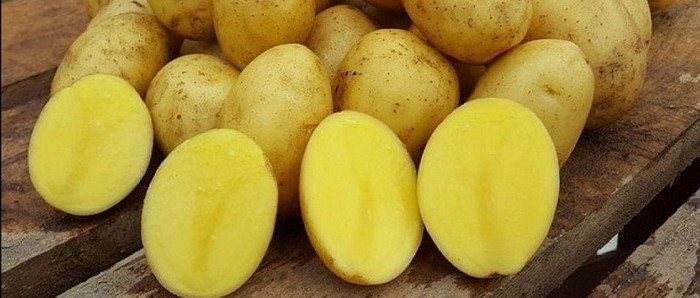
Advantages of the variety:
- The variety is mid-season. The harvest is harvested on the 70th day, counting from the day of planting. At the time of harvest, the foliage turns yellow and the flowers fall off.
- Increased productivity. Up to 55 tons of root crops are harvested per hectare. On a private farm, with proper sowing and care, up to 2.5 kg per bush.
- Sufficient keeping quality (93–97%). Shelf life without loss is until April-May at a temperature of 6 ° C and a humidity of 80–85%.
- Good germination.
- Appetizing presentation. The fruits are smooth, large, with an attractive skin.
- Exquisite gastronomic characteristics. Pleasant taste and color of the pulp.
- Resistance to transportation over long distances.
- Unpretentious to weather conditions and agrotechnical measures. It is not afraid of drought and does not require regular watering, as it reacts negatively to waterlogging.
- A carrier of lasting immunity against certain infections and potato pests (cancer, black spot, common scab, golden nematode, and other diseases).
- A high volume of useful microelements and vitamins that are not lost during storage and heat treatment.
Potatoes contain vitamins B, K, E, ascorbic acid, carotene, potassium, phosphorus, selenium and other trace elements.Per 100 g of tubers there are: water - 80 g, carbohydrates - 18 g, protein - 2.05 g, fat - 0.09 g. The nutritional value of raw pulp is 77 kcal, boiled - 86 kcal, fried - 140 kcal.
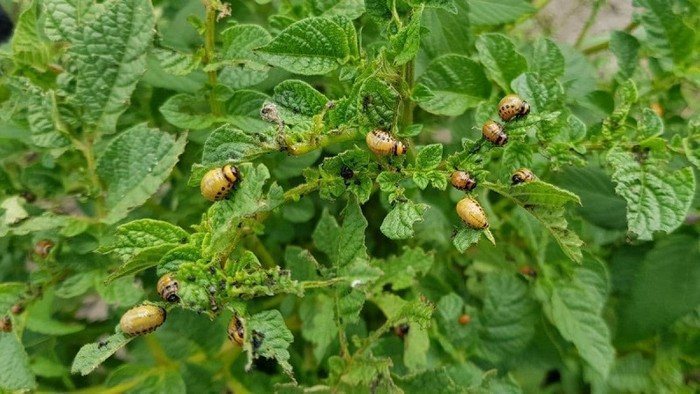
Disadvantages of the variety:
- The need for watering during prolonged dry periods.
- Instability to late blight and Colorado potato beetle.
The main enemy of Queen Anne, like other potato varieties, is the Colorado potato beetle. This pest manages to instantly destroy the crop. The popular way to get rid of beetles is to collect insects by hand. If the method does not help, use special means.
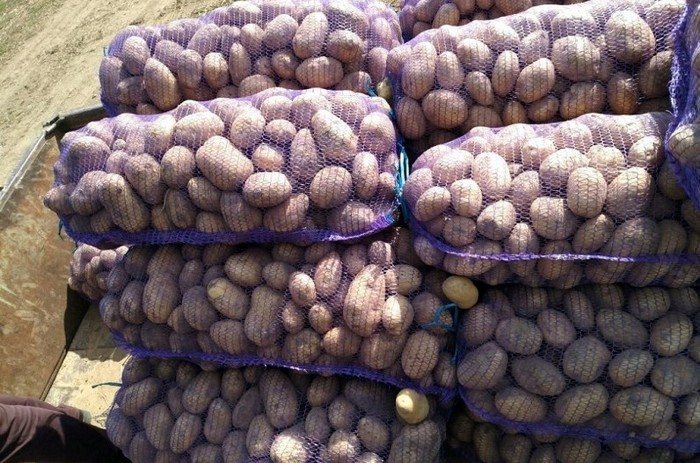
Queen Anna potatoes appeared recently, but immediately took a leading position among the best varieties. The variety does not require the impossible from gardeners, only watering during flowering, removing inflorescences, and pest control. In response to your care, Queen Anne will delight you with a harvest of healthy fruits with a delicate taste.


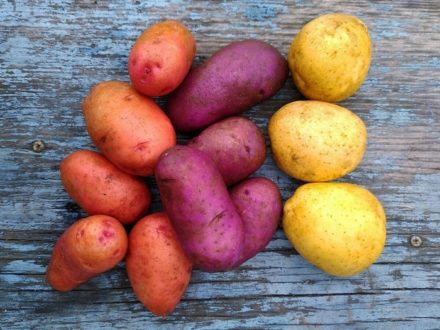
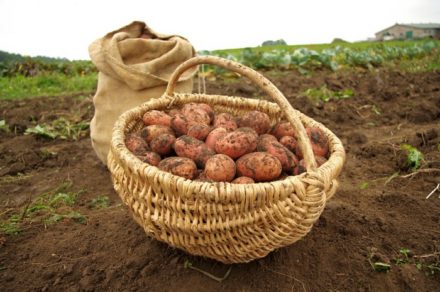
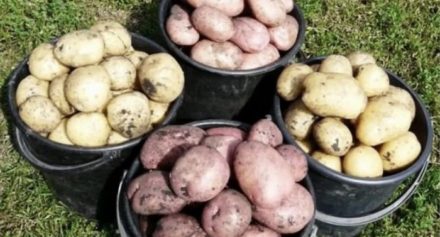
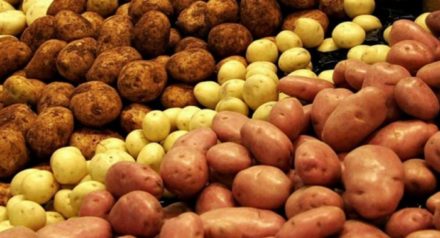
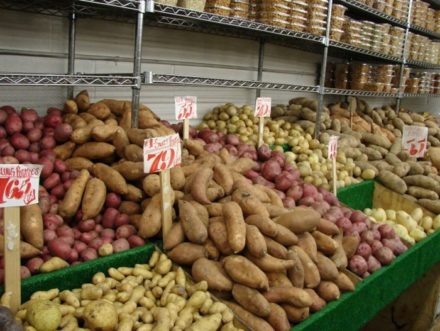
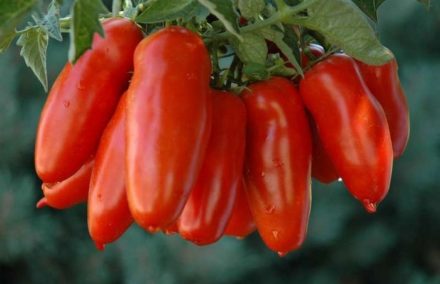
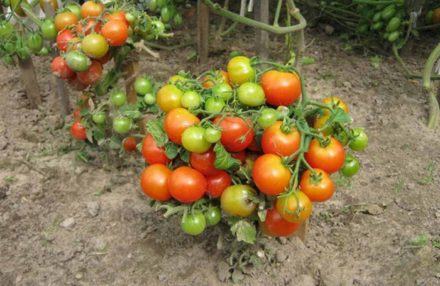
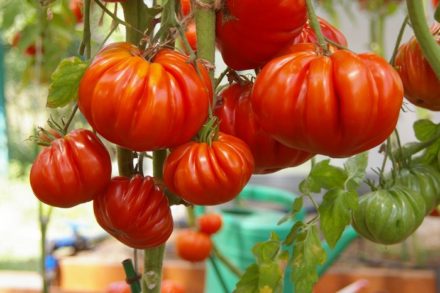

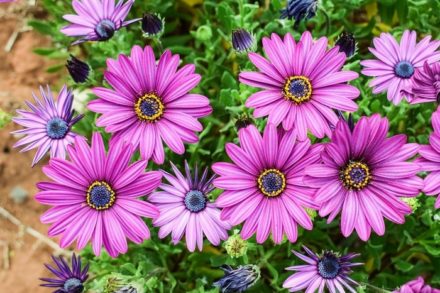
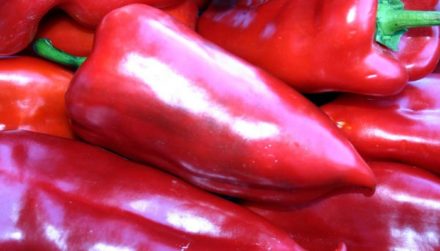
Queen Anne potatoes are beautiful looking. But it doesn't taste good at all. These are fodder potatoes. that is, for pigs and cows. I don't recommend it to anyone. Tested many times on different lands.
We planted them last year for the first time, the taste is excellent, I really liked the potatoes, but they weren’t large.